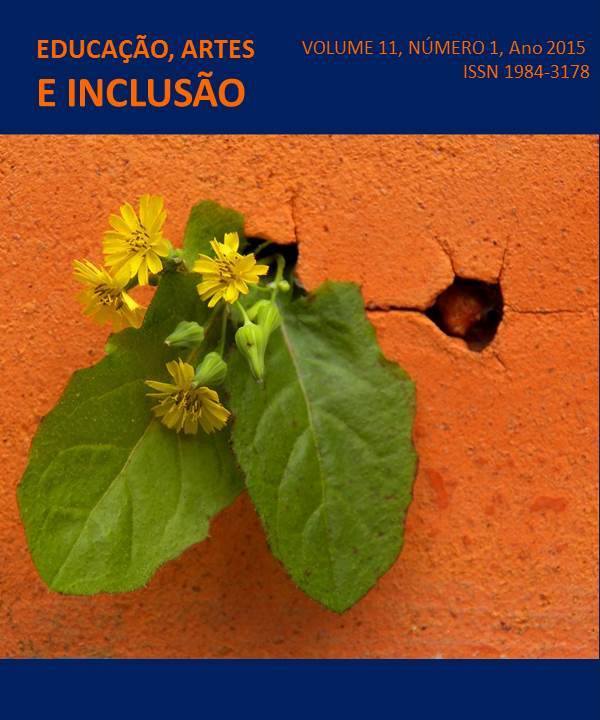A OFICINA DE VIVÊNCIA CINEMA E EDUCAÇÃO: UMA VISÃO INTERDISCIPLINAR NA ESCOLA
DOI:
https://doi.org/10.5965/198431781112015167Resumen
O artigo desenvolve reflexões a partir da oficina de vivência cinema e educação: uma visão interdisciplinar na escola realizada no contexto do projeto de iniciação à docência subprojeto interdisciplinar com vistas à uma construção coletiva e interdisciplinar da oficina. A concepção da oficina surgiu de observações/participantes em uma escola de Florianópolis, de um exercício audiovisual na Usina de Cinema e dos escritos de Nielson Ribeiro Modro (2008) sobre o projeto de extensão Cineducação na Univille, bem como as discussões advindas do PIBID Interdisciplinar da UDESC a partir do desejo de veicular o cineclube Presença nas escolas participantes. A vivência volta-se para a equipe de cinema e a produção de uma narrativa audiovisual como eixo interdisciplinar passível de aplicação em diversos campos do saber no ensino fundamental quando o professor se apodera de elementos tecnológicos como ferramentas didáticas. A oficina possibilitou como resultados dessa experiência um treino de instrumentalização a partir de mídias disponíveis no cotidiano; a iniciação à linguagem cinematográfica por meio de um exercício de imagem e movimento; e a apresentação da produção com discussão sobre possibilidades de uso em sala de aula.Descargas
Descargas
Publicado
Cómo citar
Número
Sección
Licencia
Declaración de Derecho de Autor
Los autores que publican en esta revista concuerdan con los siguientes términos:
(A) Autores mantiene los derechos de autor y concede a la revista el derecho de primera publicación, con el trabajo simultáneamente licenciado bajo la Licencia Creative Commons Attribution que permite el compartir el trabajo con reconocimiento de la autoría y publicación inicial en esta revista.
(B) Autores tienen autorización para asumir contratos adicionales por separado, para distribución no exclusiva de la versión del trabajo publicada en esta revista (por ejemplo, publicar en repositorio institucional o como capítulo de libro), con reconocimiento de autoría y publicación inicial en esta revista.
(C) Esta revista proporciona acceso público a todo su contenido, ya que esto permite una mayor visibilidad y alcance de los artículos y reseñas publicadas. Para obtener más información acerca de este enfoque, visite el Public Knowledge Project.
Esta revista tiene una licencia Creative Commons Attribution-NonCommercial 4.0 International. Esta licencia permite que otros remezclen, modifiquen y desarrollen su trabajo con fines no comerciales, y aunque los trabajos nuevos deben acreditarlo y no pueden usarse comercialmente, los usuarios no están obligados a licenciar estos trabajos derivados bajo los mismos términos.





